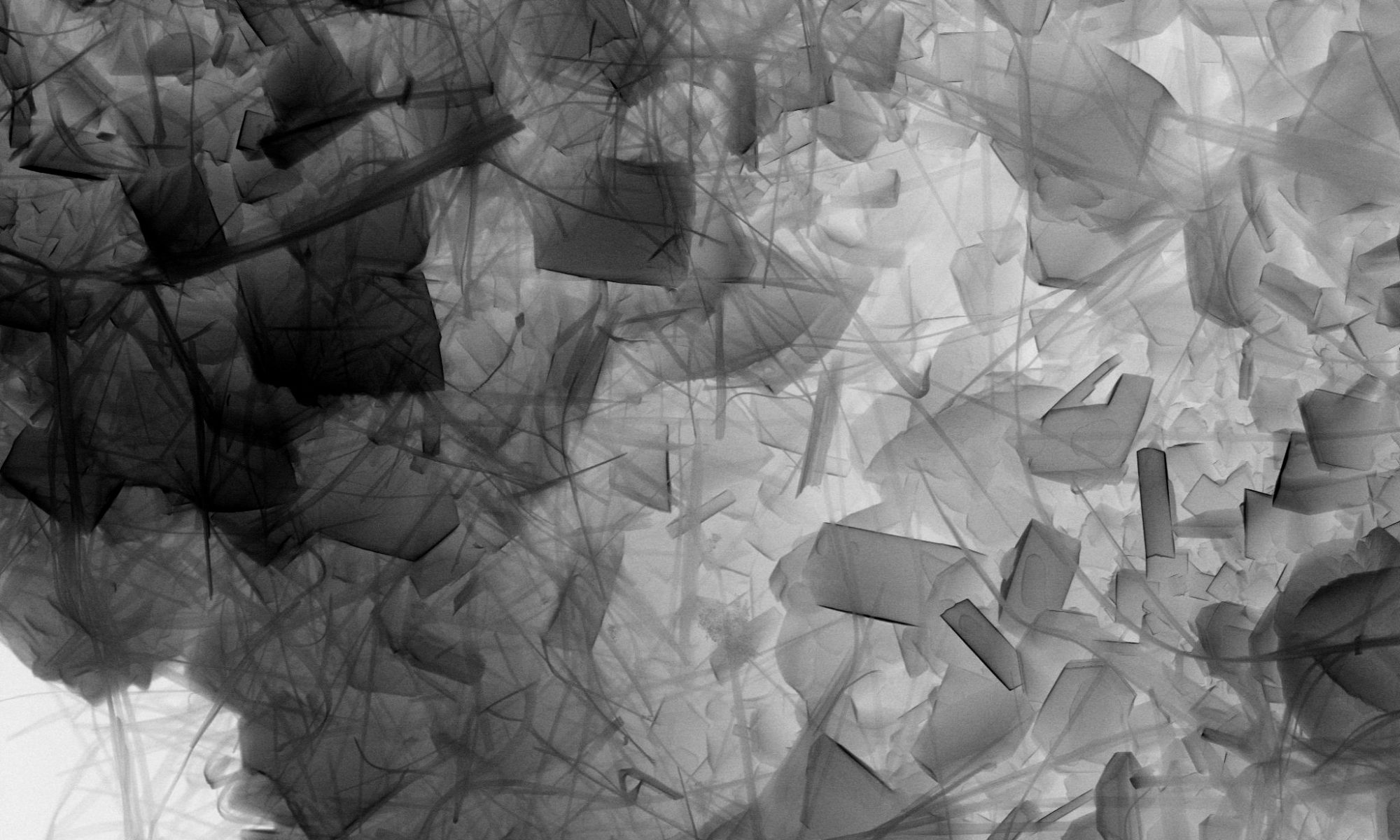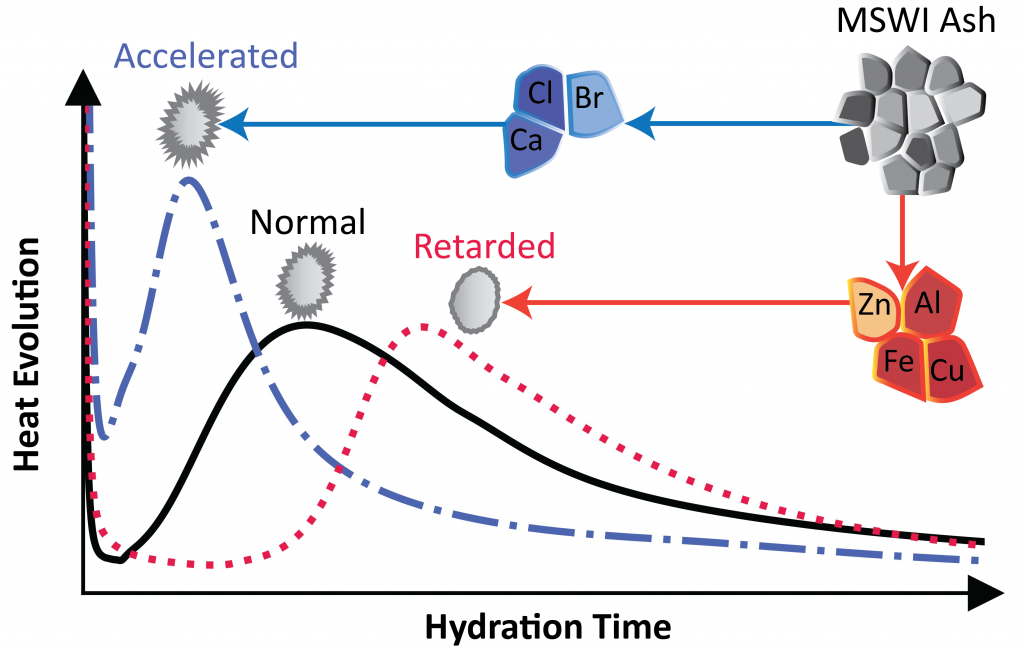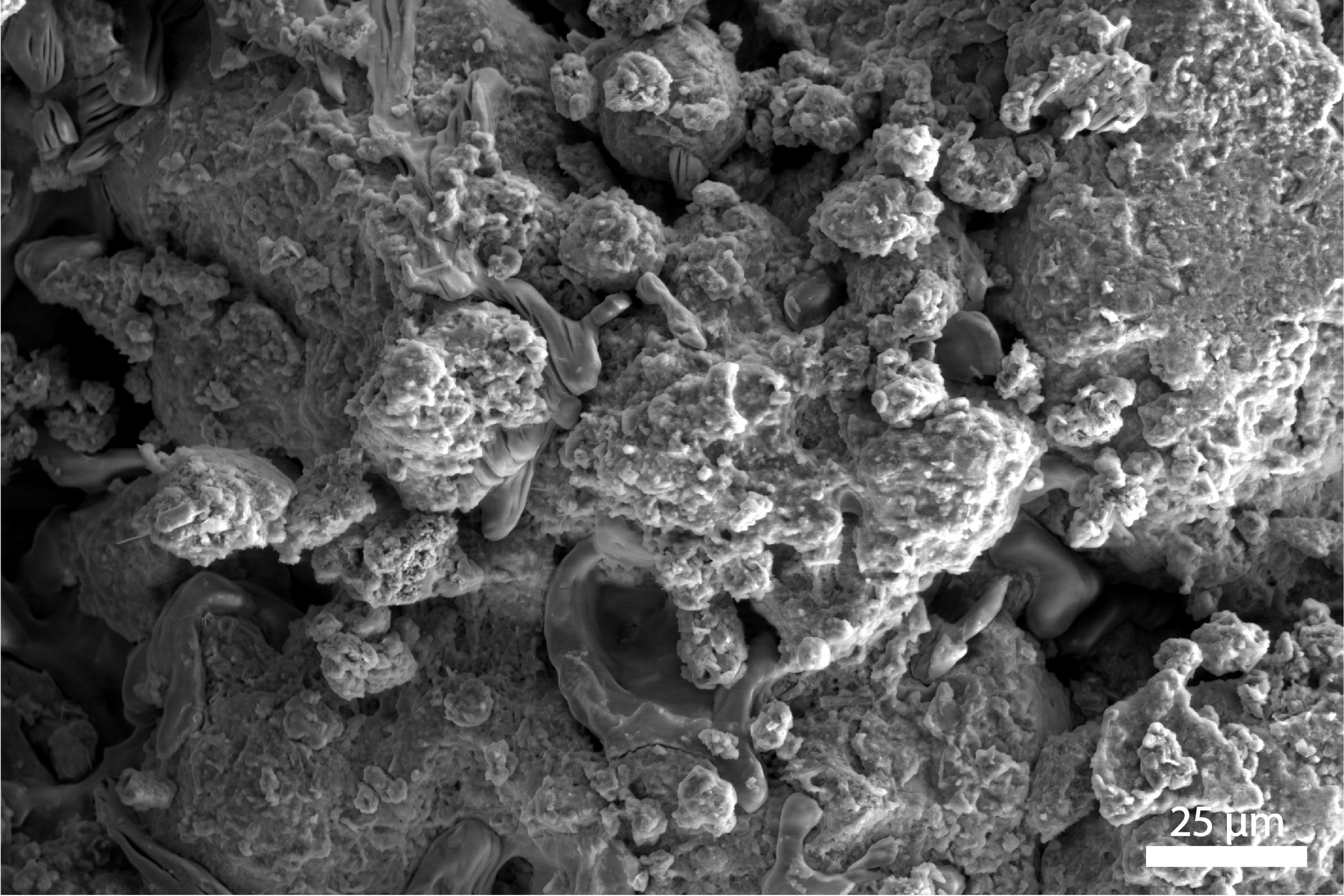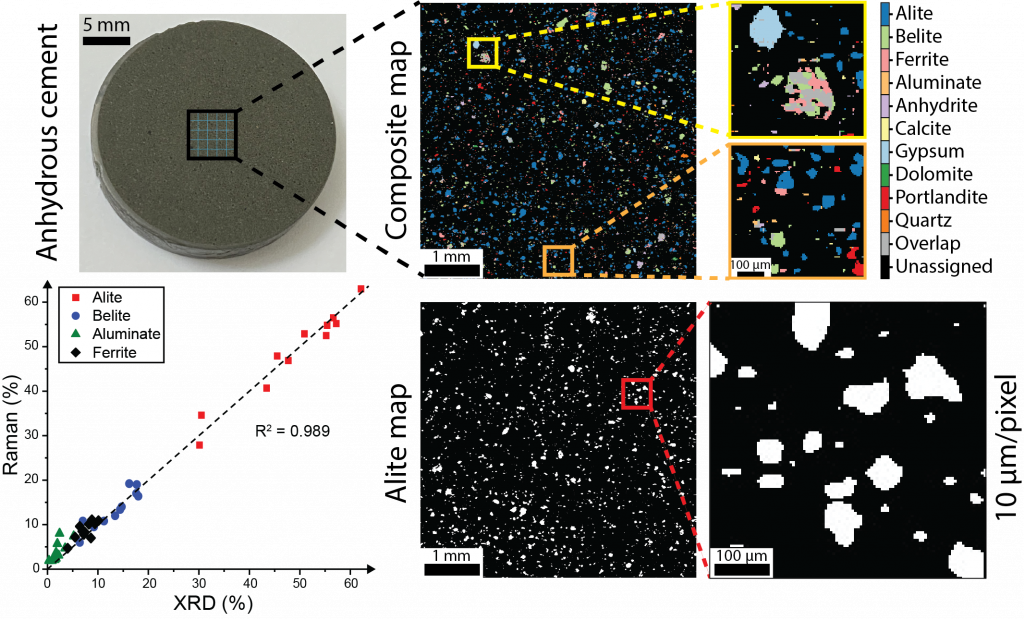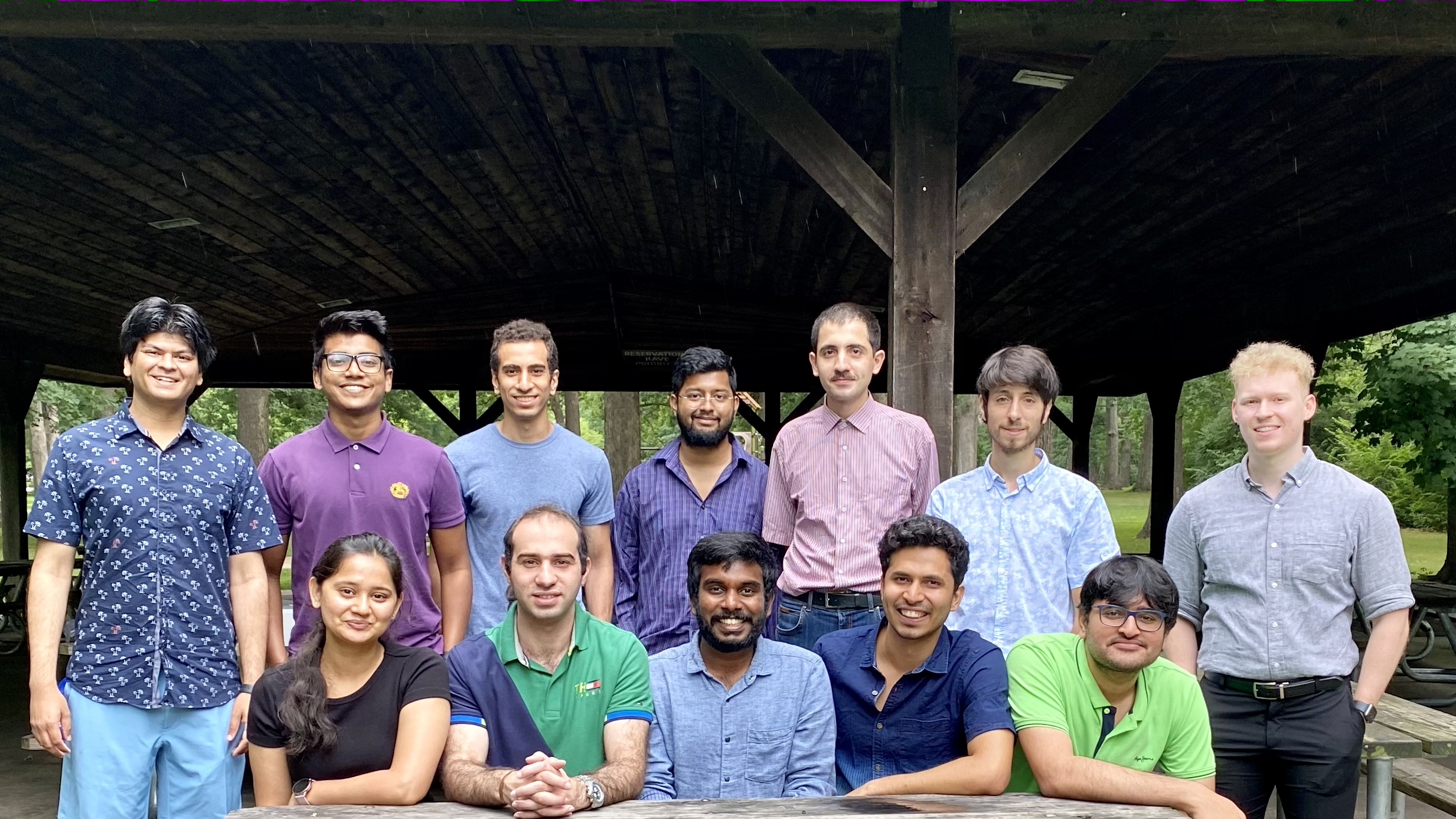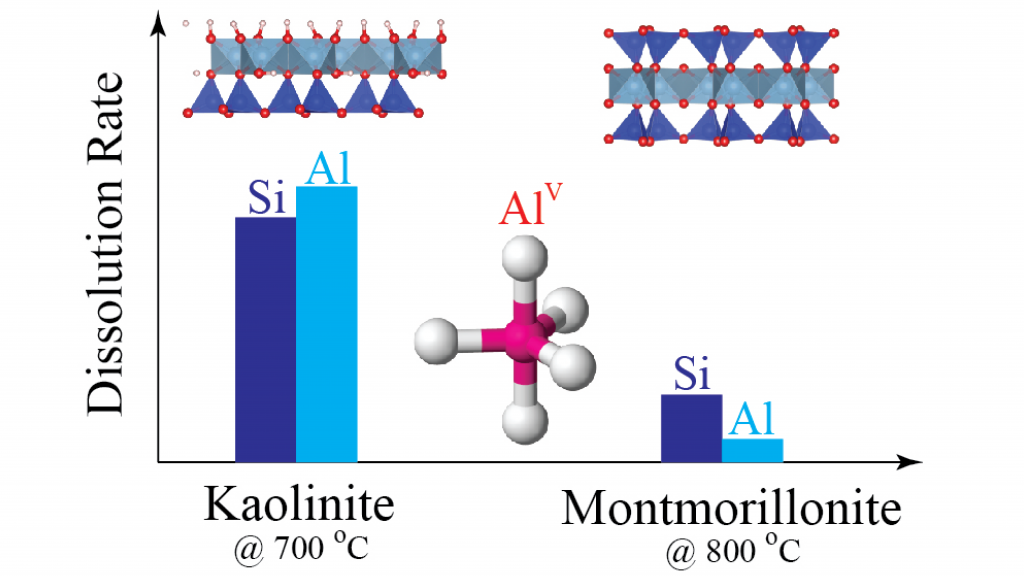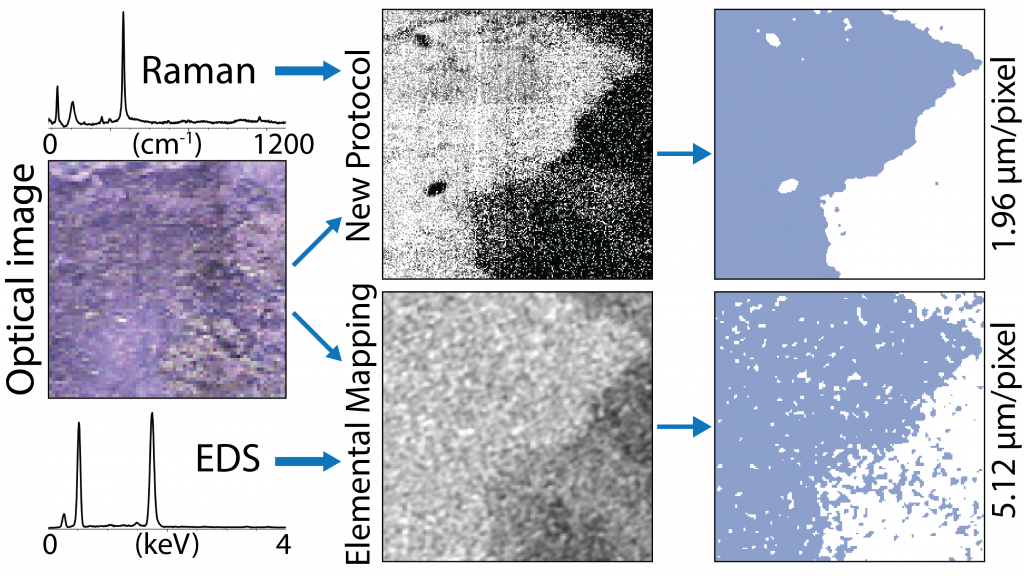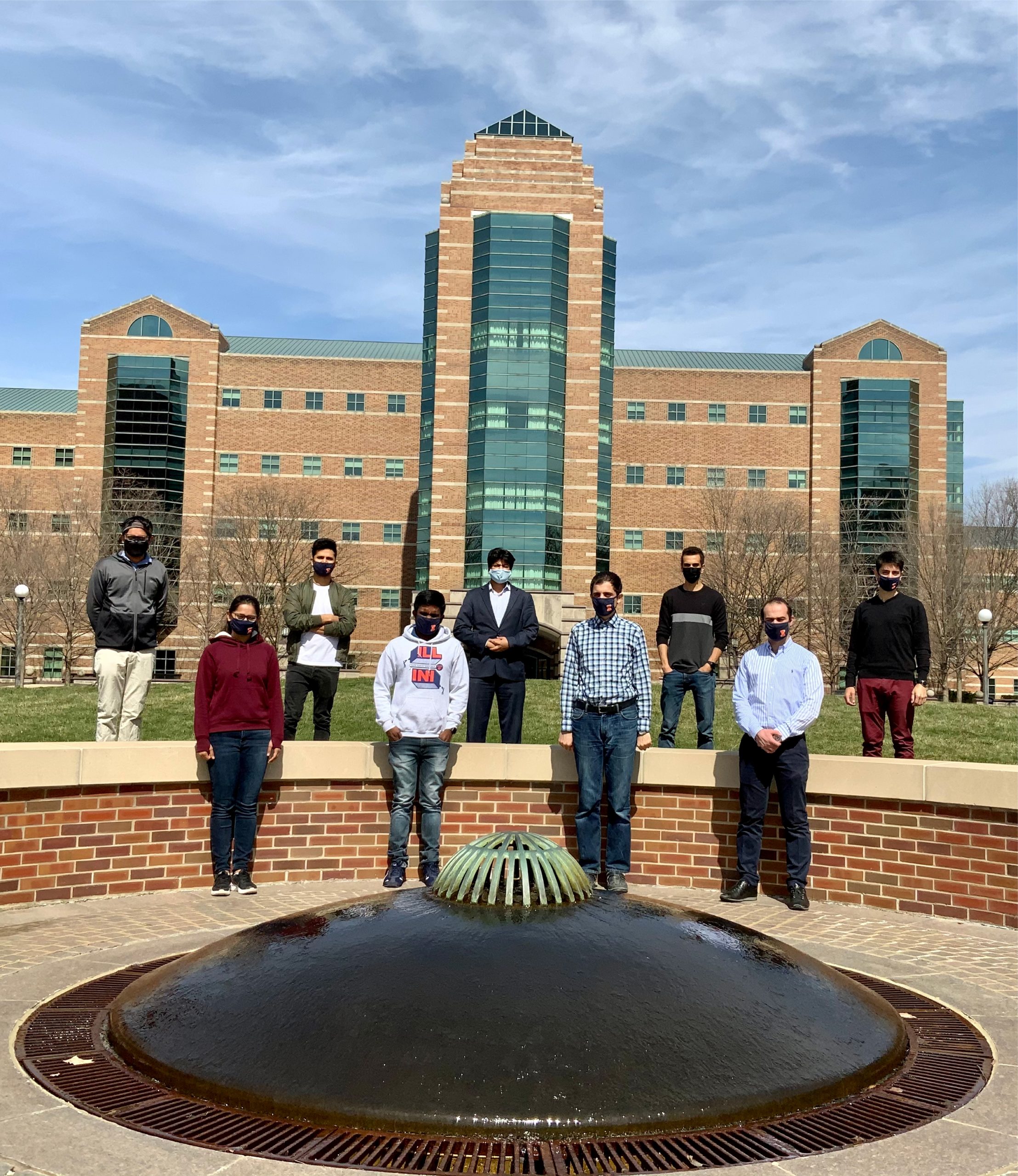Garg Group warmly welcomes new members who started in Summer and Fall 2021. These are MS candidates: Jacob Doehring, Dhanush Sahasra, Andrew Witte; PhD candidates: Bayezid Baten, Chirayu Kothari, Hyeonseok Jee, Brandy Diggs-McGee; and Postdoc: Dr. Hamza Samouh. Additionally, MS candidate Vikram Kumar successfully completed his MS thesis in Summer 2021 and continues in the group as a new PhD candidate, starting Fall 2021.

Group photo in the North Quad of the UIUC campus on an early Fall morning, before heading to the group meeting. (From left to right; Top row: PR, GS, CK, RS, AW, HS, OA, BDM, VK, HK; Bottom row: FQ, DS, BB, KCP, NG, HJ, SS, MG, NH, JD)
Mulitple openings for graduate students (both at MS and PhD level) are available for Fall 2022. Please apply and join us!
Additionally, a postdoc position has also just opened in our group. Please apply before Feb 21, 2022. Job details and application info is in the file below:.
